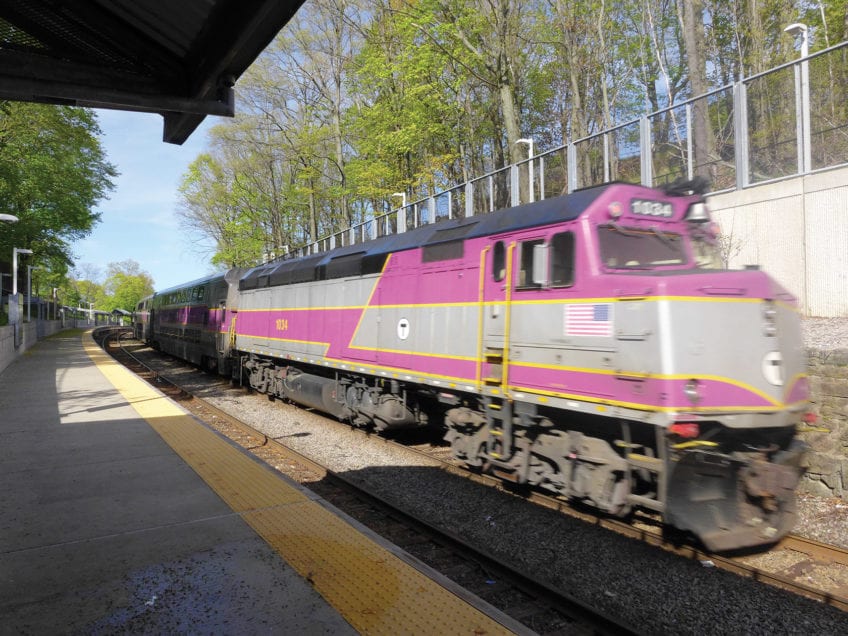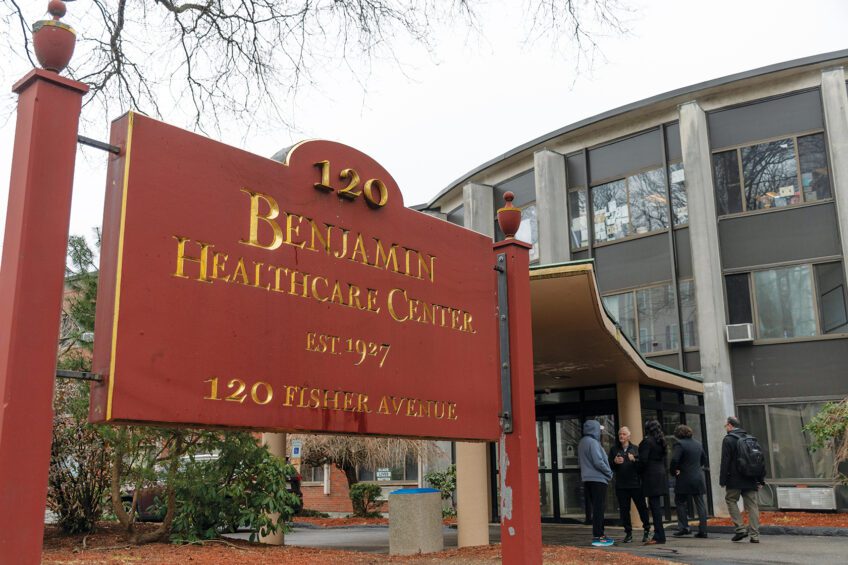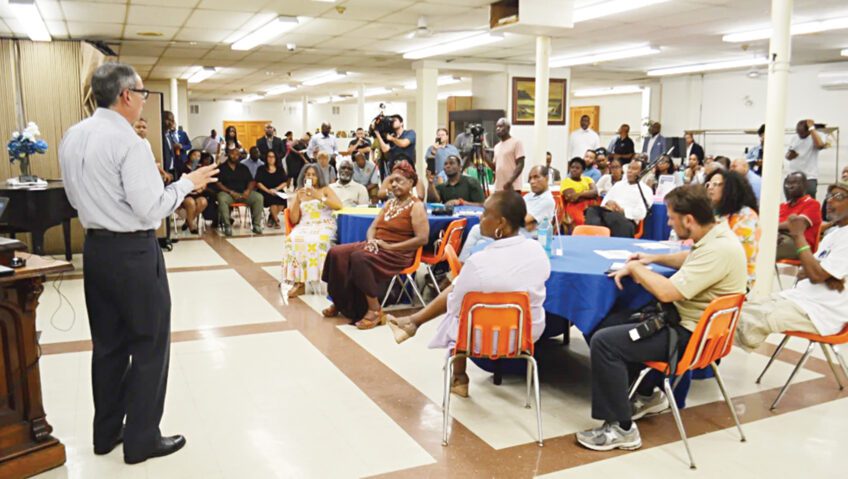During her eight terms in office, state Sen. Dianne Wilkerson has often lauded the Second Suffolk District that she represents as the most diverse in the Commonwealth.
Now, as Wilkerson mounts a sticker campaign in a bid to retain her Senate seat, the heterogeneity of the district — which stretches from Beacon Hill to Mattapan and includes Chinatown, Back Bay, the Fenway, the South End, Roxbury, Dorchester and Jamaica Plain — may well pose the biggest threat to her bid.
Sonia Chang-Diaz’s razor-thin victory over Wilkerson in the Sept. 16 state Democratic primary has exposed a fissure in the district. On one side: the blacks, Latinos and Asians who supported the incumbent. On the other: the white progressives who backed Chang-Diaz.
The division was made clear in the election results, which show that Wilkerson swept all but one precinct in which blacks, Latinos or Asians made up a majority of the voting-age population, while Chang-Diaz displayed a solid hold on majority white precincts.
The split may threaten the city’s so-called new majority, an electoral trend in which black, Latino and Asians have been able to elect candidates to office with the help of progressive white voters.
“We thought we could shift the dynamics in the city with a majority of the population,” said Lydia Lowe, executive director of the Chinese Progressive Association and a founding member of the New Majority Coalition. “I see that going backwards. I think progressive whites don’t care about what people of color want or who they see as their leaders.”
The tension between the two sides of the Second Suffolk District was ratcheted up a notch last week when Wilkerson announced her plans to wage a sticker campaign to an audience of black, white, Latino and Asian supporters at the Prince Hall Masonic Lodge in Grove Hall.
There, City Councilor Chuck Turner spoke about the historical significance of the Second Suffolk District, which was redrawn in 1974 by court order as the state’s first and only majority-minority Senate district. Speaking in support of Wilkerson, Turner said it is important that the district be represented by a candidate “rooted in the politics of the black and Latin community.”
Jean McGuire, executive director of the Metropolitan Council for Educational Opportunity Inc. (METCO), told the audience at Prince Hall that the district would no longer be represented by a person of color with Chang-Diaz in the seat, later telling the Dorchester Reporter that Chang-Diaz “is not a person of color.”
Those and other remarks made by Wilkerson supporters have come under fire, both in the mainstream media and on liberal blogs like Blue Mass Group, where bloggers have called on Wilkerson to denounce McGuire’s comments.
Chang-Diaz, who was born to a white mother and a father of Costa Rican and Chinese ancestry, considers herself a woman of color and a Latina. While she was born Sonia Chang — she added the Diaz from her father’s Costa Rican side of the family in 2005 — and grew up in Newton in an English-speaking household, she said she has always identified with her father’s heritage.
Chang-Diaz said race should not be a central issue in the campaign.
“People recognize that having a seat representing communities of color doesn’t always mean having a seat where the person is the same shade,” she told the Banner.
While Chang-Diaz blasted Wilkerson and her campaign in the weekly papers for injecting race into the campaign, campaign workers on both sides say race has been a part of the contest from the beginning.
Lowe, of the Chinese Progressive Association, said that Chang-Diaz sent campaign literature to Chinatown voters written in Chinese with photos of Chang-Diaz’s Chinese grandfather. Her campaign volunteers urged Chinatown voters to support “the Chinese girl,” Lowe said.
“Who’s being racial here?” Lowe said. “It’s not Dianne.”
On the other side, in Ward 9, Precinct 1, which includes part of the Villa Victoria housing development in the South End, Chang-Diaz supporters say Wilkerson volunteers told Spanish-speaking voters that Chang-Diaz is not Latino.
As it turned out, neither alleged message seemed to sway voters. Chang-Diaz lost Chinatown, while Wilkerson lost Ward 9, Precinct 1, the only precinct in which Latinos, blacks and Asians made up the majority of the voting-age population that went to Chang-Diaz.
Because voters in a primary election often go to the polls already intent on casting their ballots for a particular candidate, campaigns generally focus more on making sure their supporters turn out than on winning over undecided voters. In the end, Chang-Diaz’s organization was able to pull out more supporters than Wilkerson’s, a reality confirmed last weekend during an official recount. According to the final tally, Chang-Diaz received 9,071 votes, while Wilkerson got 8,858.
Now that Chang-Diaz has been cemented as both the Democratic nominee and the frontrunner to win the Second Suffolk seat in the Nov. 4 election, activists in the black, Latino and Asian communities are left to face the unknown — the possibility of a standard-bearer in the state Senate to whom they have few ties.
“People are emotionally hurt,” said Karen Payne, president of the Boston branch of the National Association for the Advancement of Colored People. “Dianne’s been there for them through some tough times. The senator is someone they connect with — not everyone in the minority community, but for the majority of folks.”






